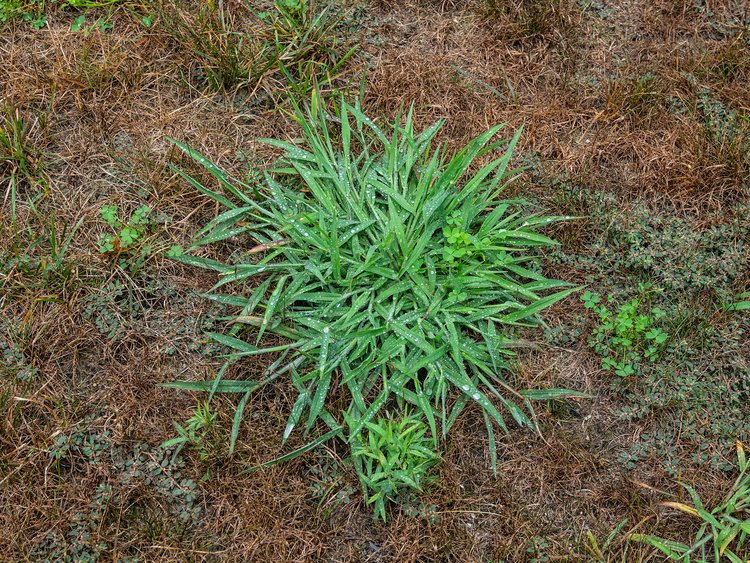Identifying Crabgrass and Other Common Weeds in Lagrangeville, NY
Weeds are a common nuisance and can be an impediment to the kind lush, green lawn that your neighbors around Lagrangeville, NY, would envy. Knowing what kind of weed you’re dealing with is the first step to combating it and getting your lawn back on track. We’ll help you identify crabgrass and other weeds that may be lurking in your yard.
Crabgrass
One of the most common weeds in suburban lawns, crabgrass comes in many varieties, all of which can be equally pesky to lawn-lovers. The first identifying feature of crabgrass is its color, which can vary but will, for the most part, be a different shade of green than the rest of your lawn. The desired shade of lawn grasses is usually a deep, forest green, and crabgrass can be a little lighter in hue, so your eye would be drawn to it upon inspection. The other feature of crabgrass is that it tends to have thicker blades than regular grass, and it often has tapered ends. Also, rather than single blades, it has multiple leaves shooting off a stem and growing in a sprawling pattern. It also usually has a smooth, generally soft texture that may be similar to the (real) grass in your lawn.
Related: What Causes Crabgrass and How to Prevent it in Lagrangeville, NY
Tall Fescue
This is one weed most people have probably seen before but cannot name. It generally resembles the look of wheat or corn on a smaller scale. It has a fibrous stalk from which a few blades grow out. Its texture is generally a little tougher than crabgrass or the more desirable grass in your lawn, making it heartier and generally more resistant to weeding. It can grow back pretty quickly with traditional hand weeding. Its color can also vary from a yellowish green to a middle-tone green. But its most defining feature is that, as you’d expect from its name, it’s tall! It will usually be noticeably taller than your lawn, and if left to grow, will eventually start seeding off its head. Of course, you don’t want to let it get to that point or it will begin to produce more of itself over time.
Clover
Clovers are extremely common in lawns and the most readily identifiable due to their uniquely shaped leaves. Eventually, clovers will produce small white flowers that can certainly interrupt the look of a green lawn. Clovers can be a sign that your lawn is low in nitrogen and needs a good treatment of fertilizer and grass seed. It usually will begin to grow just when the soil needs an infusion of nitrogen—being rich in nitrogen itself, the clover will add it to the soil as the plant is mowed or dies.
Related: How to Get Rid of Crabgrass on Your Wappingers Falls, NY Lawn
Once you’ve identified what types of weeds are growing in your lawn, contact a professional to get your lawn taken care of! What kind of weed you find will indicate what’s happening with your grass. For instance, crabgrass will grow in sparse areas where there is not enough grass, so you may need your lawn fertilized and seeded.
One important issue to remember is that certain steps should only be taken at specific points in the season, so be sure to contact the professionals at Lehigh Lawns & Landscaping, Inc. for a full assessment of what your lawn needs—and when. We can also help you identify any weeds if you’re not sure what you see out there.

